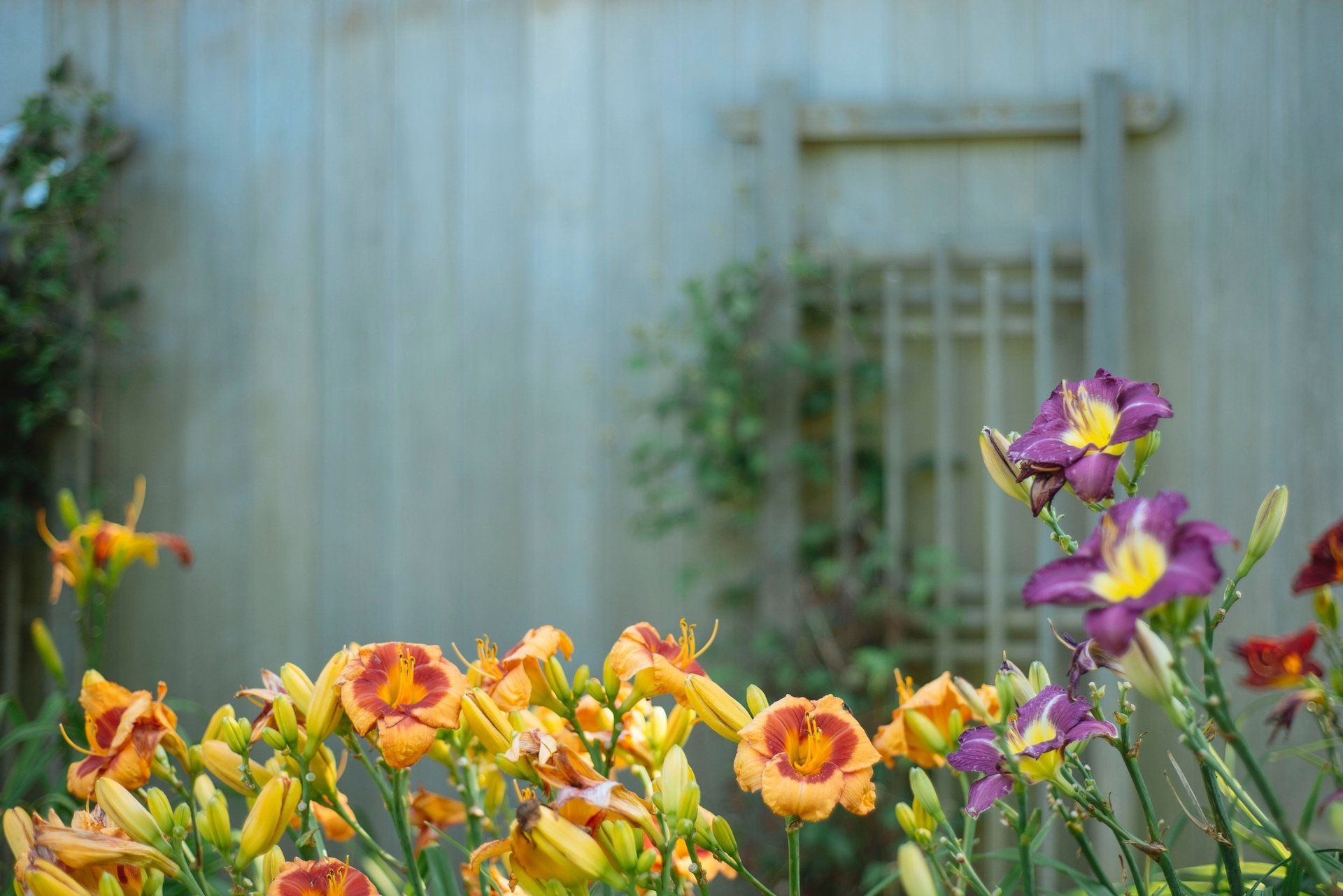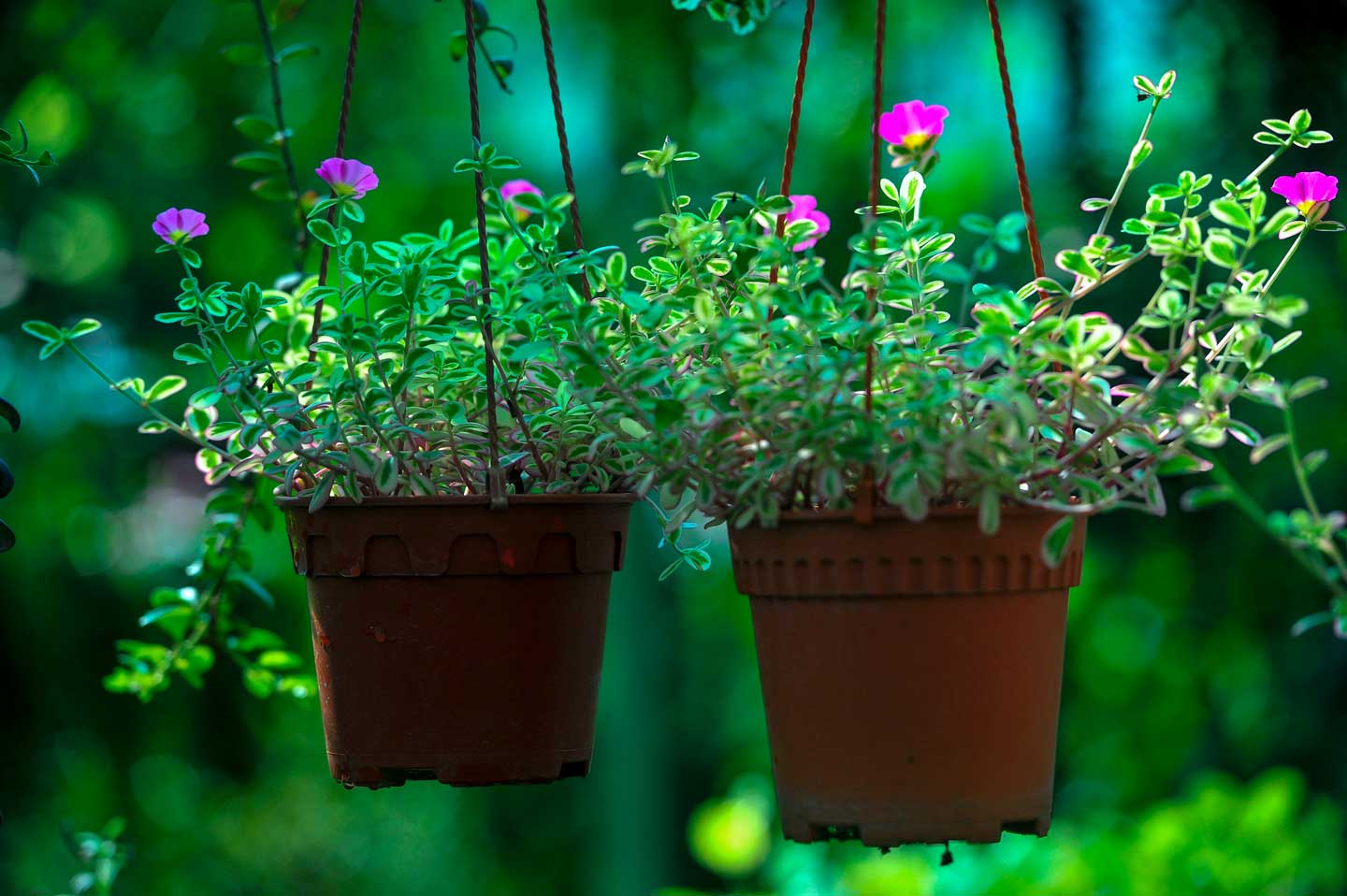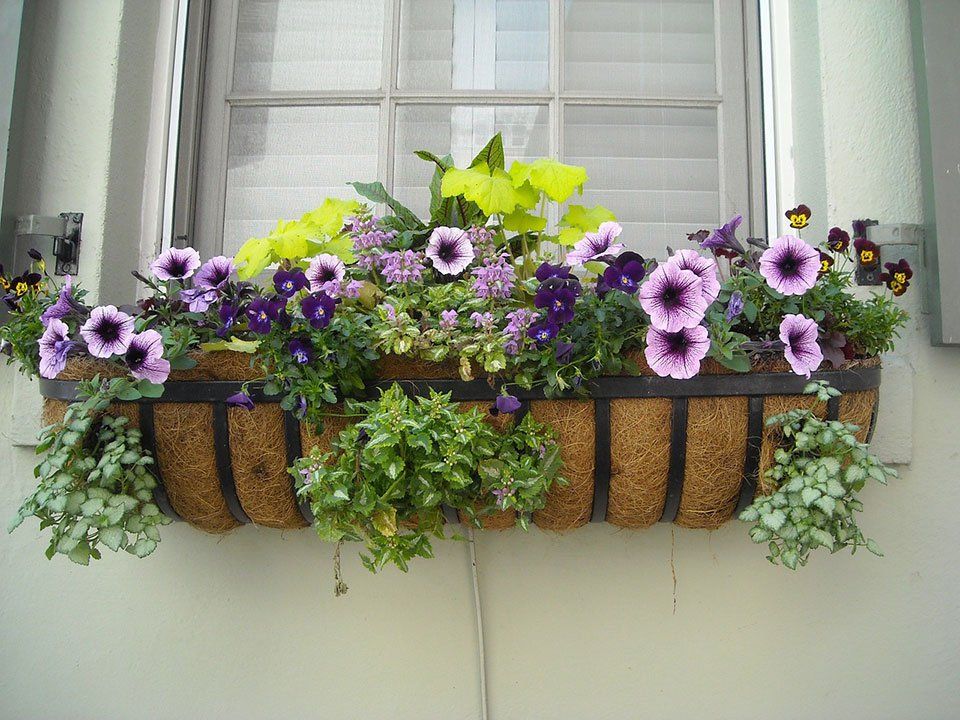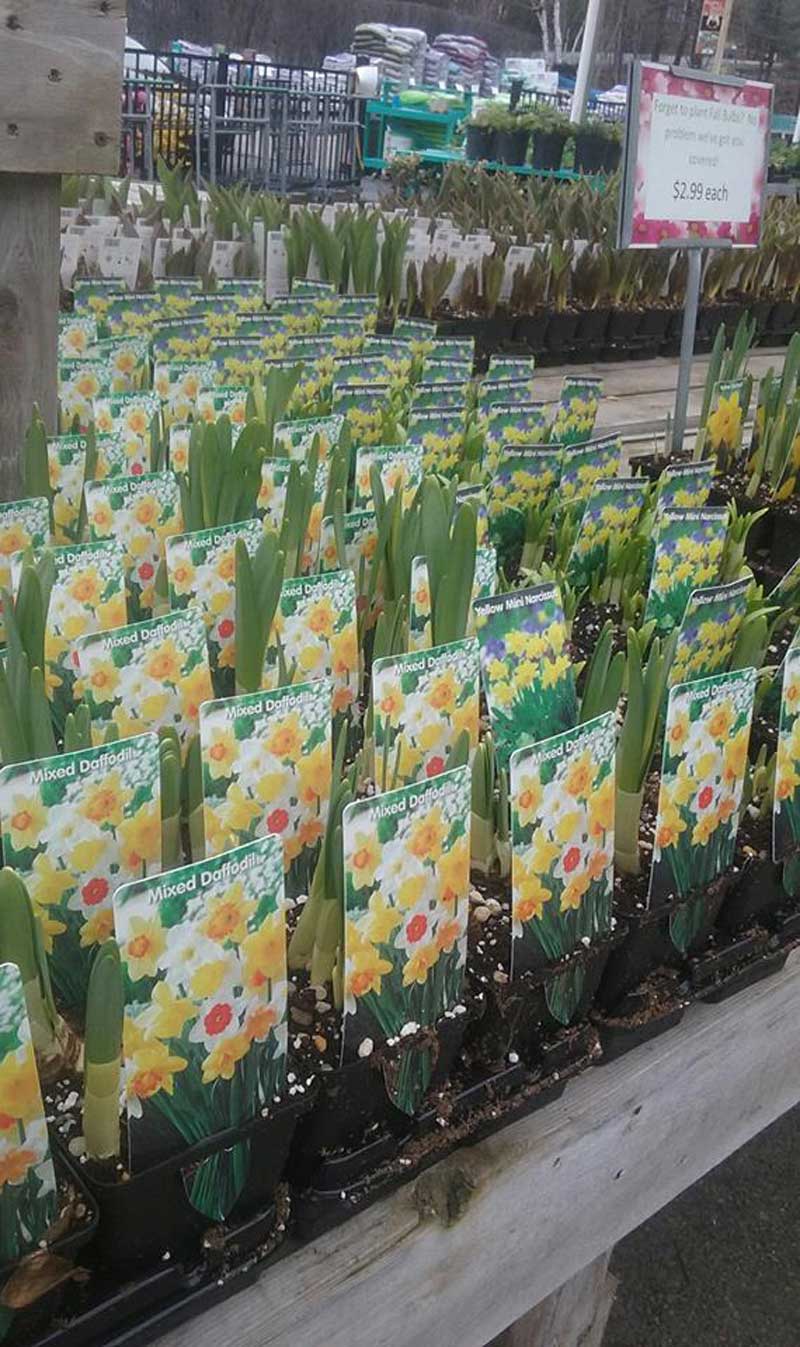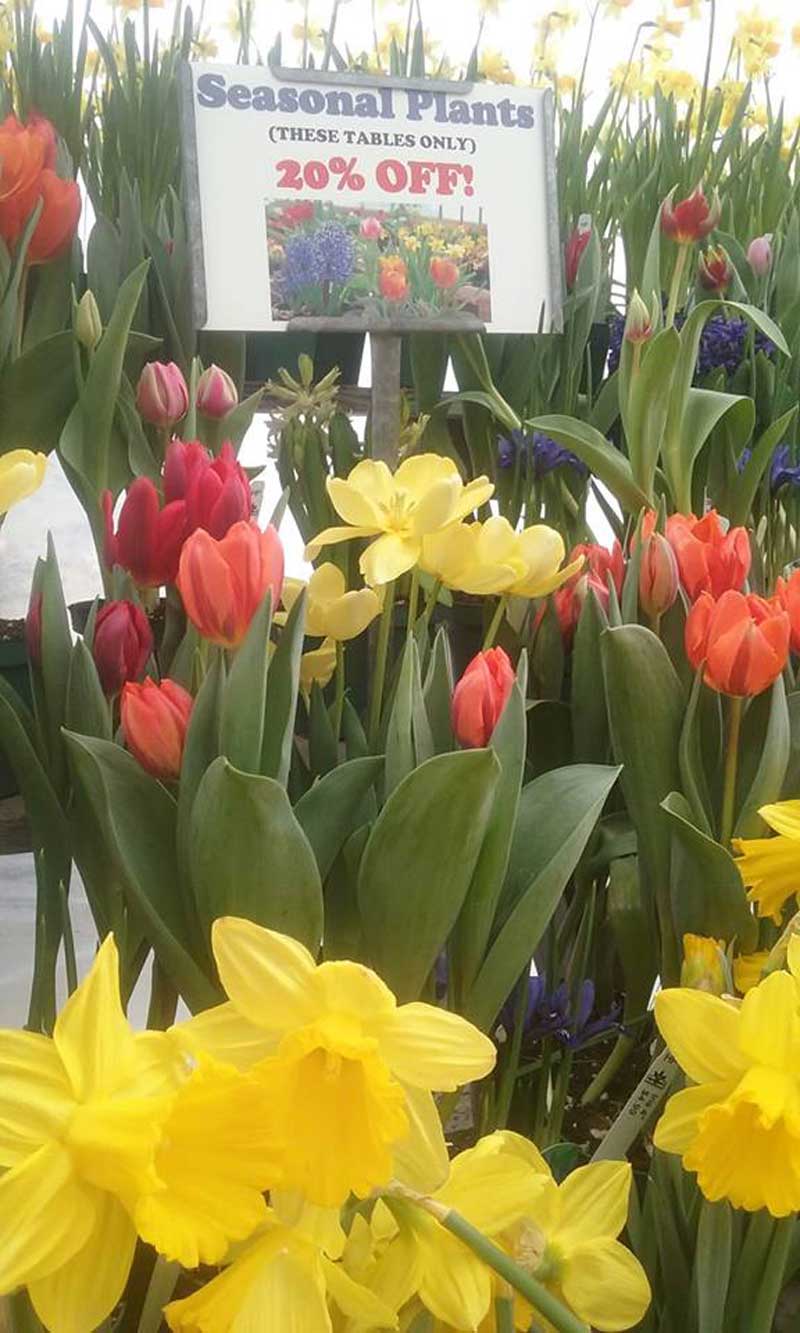August Gardening Tips
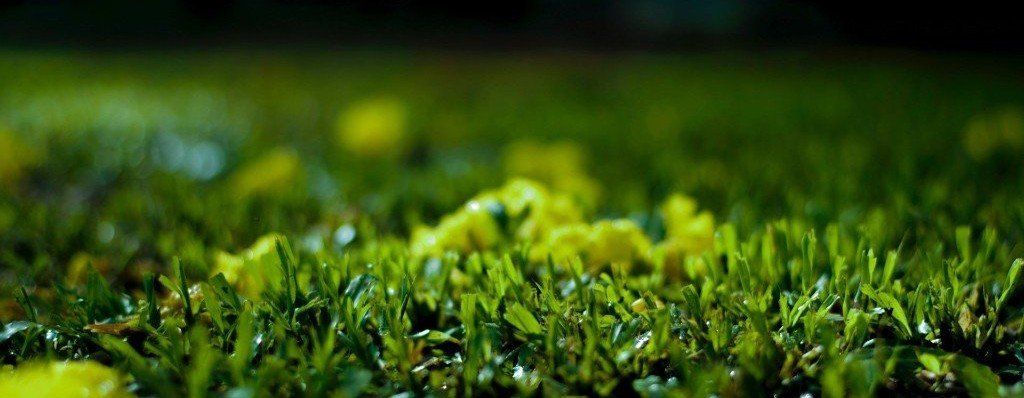
· Compost should be watered during dry periods so that it remains active.
· Prune only to retain the shape. Do not prune spring-flowering shrubs such as azaleas and rhododendrons. Do not prune trees.
· Mid-August through September is a good time to transplant any shrubs that you've purchased with root balls wrapped in burlap. Make sure you get them in the ground two to three days after purchase. Do not fertilize until the second year, when the feeding roots have become established.
· Lawns or bare spots reseeded with grass now will have a chance to get established before winter sets in. Water often and mulch with straw.
· Two or three leaves should be left when cutting gladiolus, so that the bulbs can ripen.
· Cut back the flower stalks of perennials that have finished blooming. Cut delphinium flower stalks to the ground, and a new, though smaller, flower stalk will develop. The flower will survive the coming cold days and even light frosts.
· Lift, divide, and replant Japanese and Siberian irises soon after bloom. Transplant them to places where they will have "wet feet but dry knees."
· If you notice a gap in your perennial bed between spring and fall blooms, visit as to see what we can recommend to fill in that space
· The vegetable garden is likely to require daily harvesting now. Cucumbers, squash, tomatoes, eggplant, and peppers should be picked as soon as the fruits are ready. This not only captures the best flavor, but it also makes way for new fruits.
· Maximum flavor of herbs for drying is achieved by cutting them just before their flowers open.
· Make sure that potatoes are not escaping into the sunlight. Hill or mulch them if they are.
· Remove dead pea vines, bolted lettuce, and other plants that have gone by and add them to the compost pile. If they show signs of disease, however, discard them in a trash bag.
· Separate melons from the ground with a thin board to prevent decay or damage from wireworms.
· Do not neglect your plants in hanging baskets; they dry out faster than those in the ground.
· Dig up your potatoes once the vines have died and the tops turn brown.
· Ripen tomatoes on the vine, not the windowsill; put fallen green tomatoes in a brown paper bag with an apple.
· Fertilize roses (last time this year).
· Keep weeding your garden so that the weeds do not compete with your plants for water and nutrients.
· Japanese beetles? Handpick and drop in a jar of detergent and water or stop by for a remedy I have in stock.
· Tomato hornworms? Handpick and drown in soapy water or snip in half. Control the smaller worms with B.t. (Bacillus thuringiensis), a biological control.
· This is a great time to plant new perennials, shrubs, and trees, especially evergreens; they have a better chance to establish themselves during the milder fall months than those planted in the spring.
· There's still time to plant fall crops of beans, beets, broccoli, carrots, Chinese cabbage, kale, lettuce, and peas.
· If there are dry spells, remember to water your plants and shrubs thoroughly to prevent drought damage.
· Remove any old plants that have stopped producing to help eliminate insects and diseases from your garden.
· Dig up and divide daylilies that have finished blooming.
· Remove any dead flowers from plants to encourage new growth.
· During these warmer months, raise the mowing height to 2.5 to 3 inches.
· Check the mulch around your plants; if there is little or no mulch, make sure to put a 3- to 4-inch layer to conserve moisture.
· Be sure to regularly water your houseplants and potted plants. Use a water-soluble fertilizer so that the plants do not lose vital nutrients. Do not let houseplants dry out.
